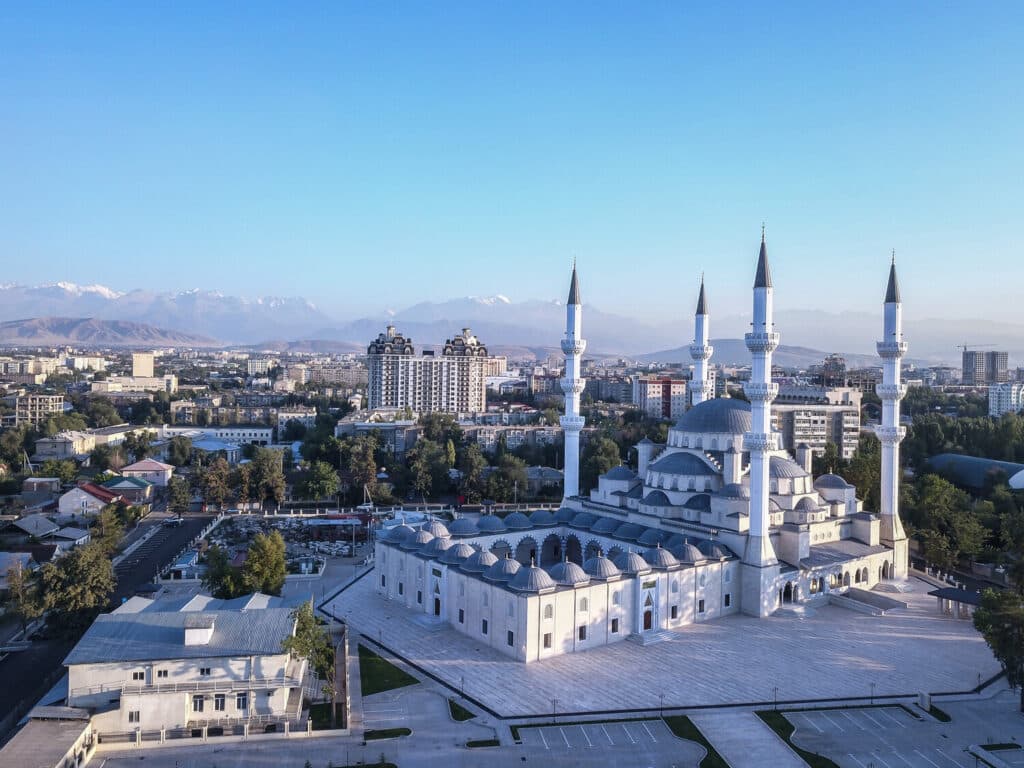POPULATION
1.104.742
CURRENCY
KYRGYZSTANI SOM
TIMEZONE
GMT +6:00
LANGUAGE
KYRGYZ
RUSSIAN
WEATHER
JULY 24ºC /
JANUARY -3ºC
AIRPORTS
Manas International Airport
HISTORICAL IMPORTANCE OF BISHKEK
Bishkek, the capital city of Kyrgyzstan, holds significant historical importance primarily as a hub of political and cultural activity in Central Asia. Originally founded as a fortress in 1825 by the Khanate of Kokand, Bishkek grew in prominence during the Russian Empire's expansion into the region in the late 19th century. It became a major center of administration within the Tsarist Russian Empire and later the Soviet Union, playing a crucial role in the development of Kyrgyzstan's political and economic landscape. Following the dissolution of the Soviet Union in 1991, Bishkek became the capital of an independent Kyrgyzstan, serving as a focal point for the country's transition to democracy and its efforts to establish a unique identity in the post-Soviet era. Today, Bishkek continues to be a vibrant cultural, political, and economic center in Central Asia, reflecting its rich historical legacy and ongoing significance in the region.

WHY IS BISHKEK THE CAPITAL?
Bishkek is the capital of Kyrgyzstan due to its historical significance, strategic geographical location, and established economic and political infrastructure. Originally founded as a fort by the Khanate of Kokand and later developed by the Russian Empire, Bishkek evolved into a central administrative hub during the Soviet era. Its location in the fertile Chuy Valley near the Kyrgyz-Kazakh border made it an accessible and practical choice for a capital. As the largest city in Kyrgyzstan, Bishkek hosts significant economic, educational, and cultural institutions, reinforcing its central role in the country's governance. When Kyrgyzstan gained independence in 1991, maintaining Bishkek as the capital provided much-needed continuity and stability, cementing its status as the heart of the nation.
THE BEST TIME TO VISIT BISHKEK
The best time to visit Bishkek is generally during the late spring (May to June) and early autumn (September to October) months. During these times, the weather is mild and comfortable, with pleasant temperatures ranging from 20°C to 25°C (68°F to 77°F). This period also coincides with blooming flowers and lush greenery, making the city's parks and natural surroundings particularly picturesque. Additionally, these months typically see fewer tourists compared to the peak summer season, allowing for a more relaxed and enjoyable travel experience. If you enjoy winter sports, visiting Bishkek during the winter months (December to February) can also be appealing, as nearby ski resorts offer opportunities for skiing and snowboarding. However, be prepared for colder temperatures and occasional snowfall during this time.
TRANSPORTATION TO BISHKEK
Bishkek, the capital of Kyrgyzstan, is accessible primarily through air travel via Manas International Airport (FRU), which serves as a major gateway connecting the city to international destinations across Europe, Asia, and the Middle East. For regional travel, Bishkek is also linked by train services from neighboring countries such as Kazakhstan and Uzbekistan, with Bishkek Passazhirsky serving as the main railway station. Road connections through international bus services further facilitate travel to and from nearby cities and countries. Within Bishkek, local transportation options include taxis, marshrutkas (minibuses), and buses, providing convenient means for exploring the city and its surroundings.
SWITZERLAND OF THE CENTRAL ASIA
Kyrgyzstan is often referred to as the "Switzerland of Central Asia" due to its stunning mountainous terrain, which covers over 90% of the country and is reminiscent of Switzerland's Alps. The Tien Shan and Pamir ranges, along with pristine lakes like Issyk-Kul, lush valleys, and unspoiled wilderness, attract nature lovers and adventure tourists. The country offers abundant opportunities for outdoor activities such as trekking, mountaineering, skiing, and horseback riding, similar to Switzerland. Additionally, Kyrgyzstan's distinct seasons, rich cultural heritage, and commitment to eco-tourism enhance its appeal, earning it this picturesque nickname.
THINGS TO DO AND PLACES TO VISIT
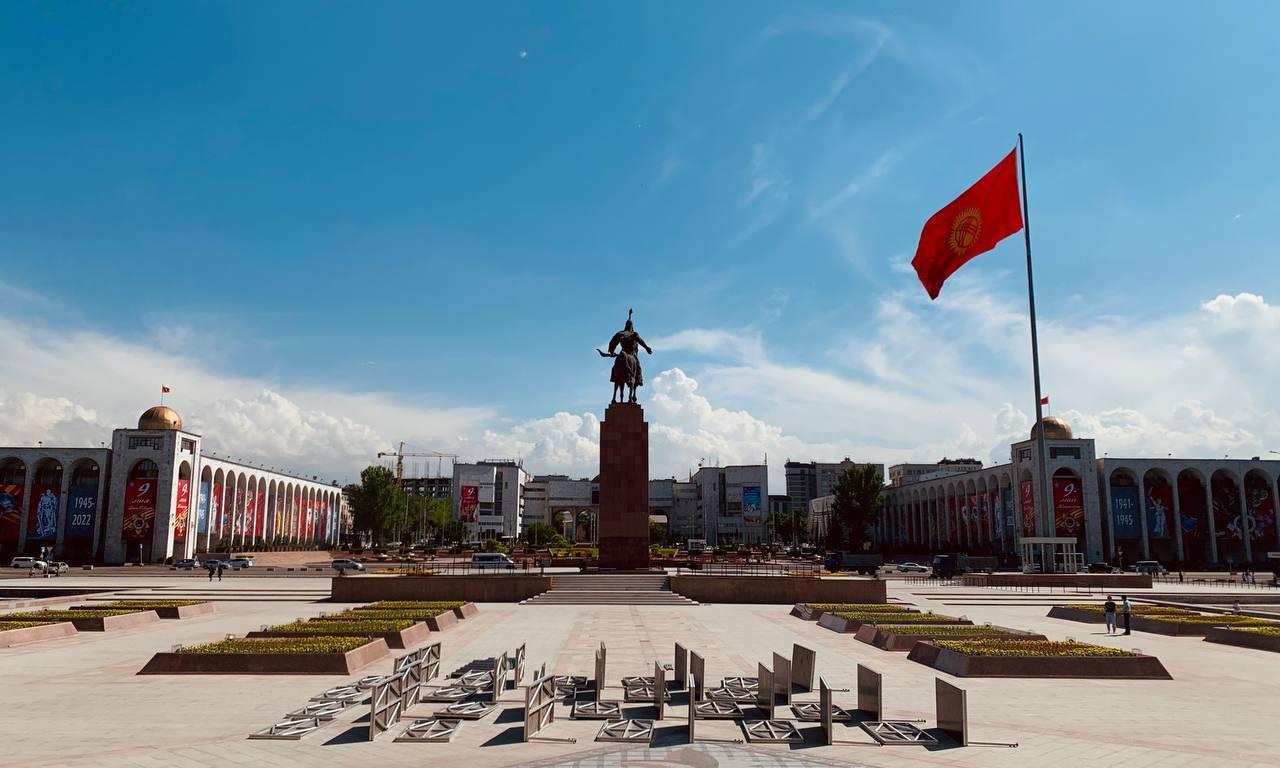
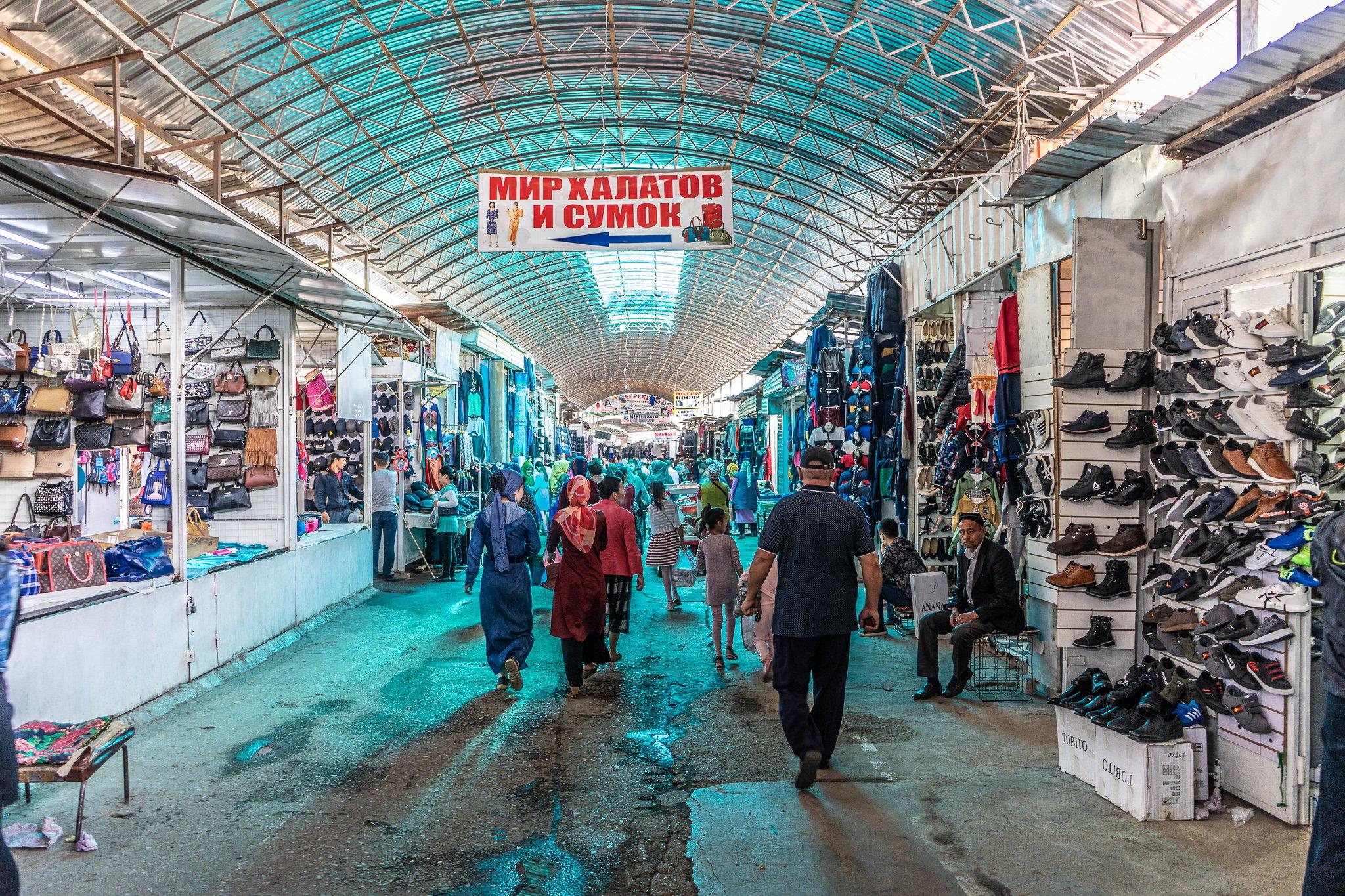
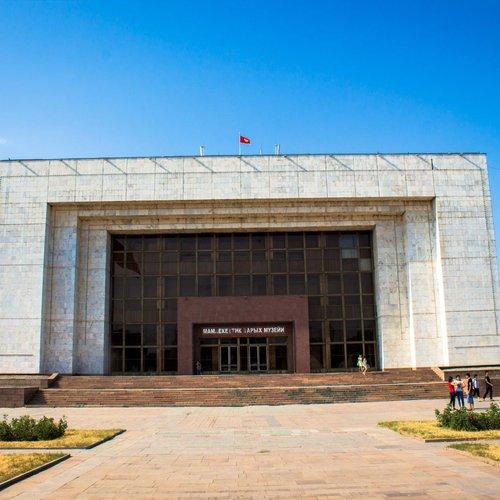
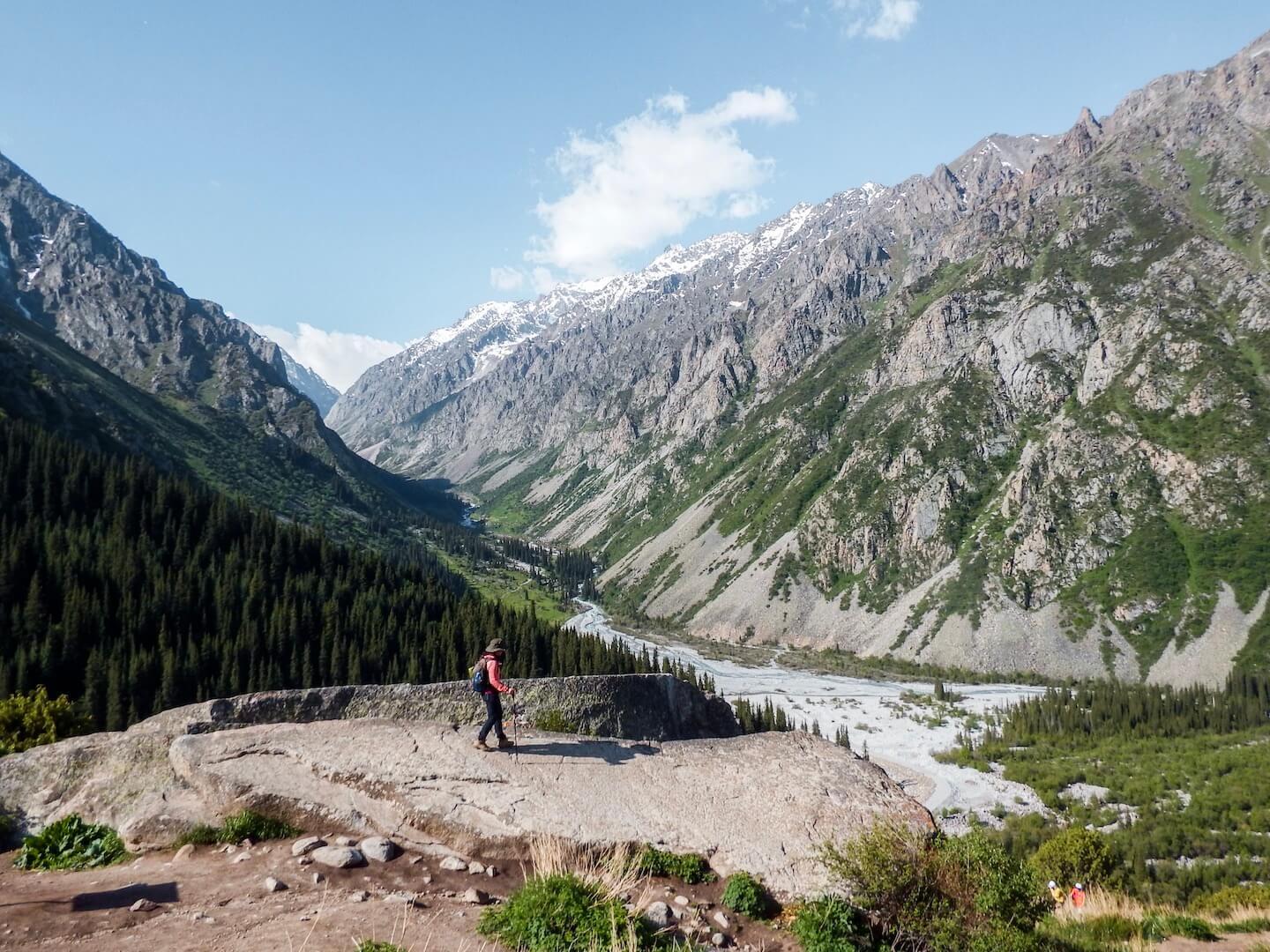
WHAT TO EAT IN BISHKEK

SAMSA
Samsa is a quintessential Central Asian pastry known for its savory filling of minced meat (typically lamb or beef), finely diced onions, and spices like cumin, encased in a flaky pastry shell. This triangular or rectangular pastry is baked until golden and crispy, with variations in shape and pastry thickness across the region. Samsa is enjoyed widely as a street food snack, appetizer, or part of a meal, often paired with tea or other beverages. Its popularity stems from the rich flavors of the meat filling melded with the buttery texture of the pastry, making it a beloved culinary delight in Kyrgyzstan and neighboring countries.
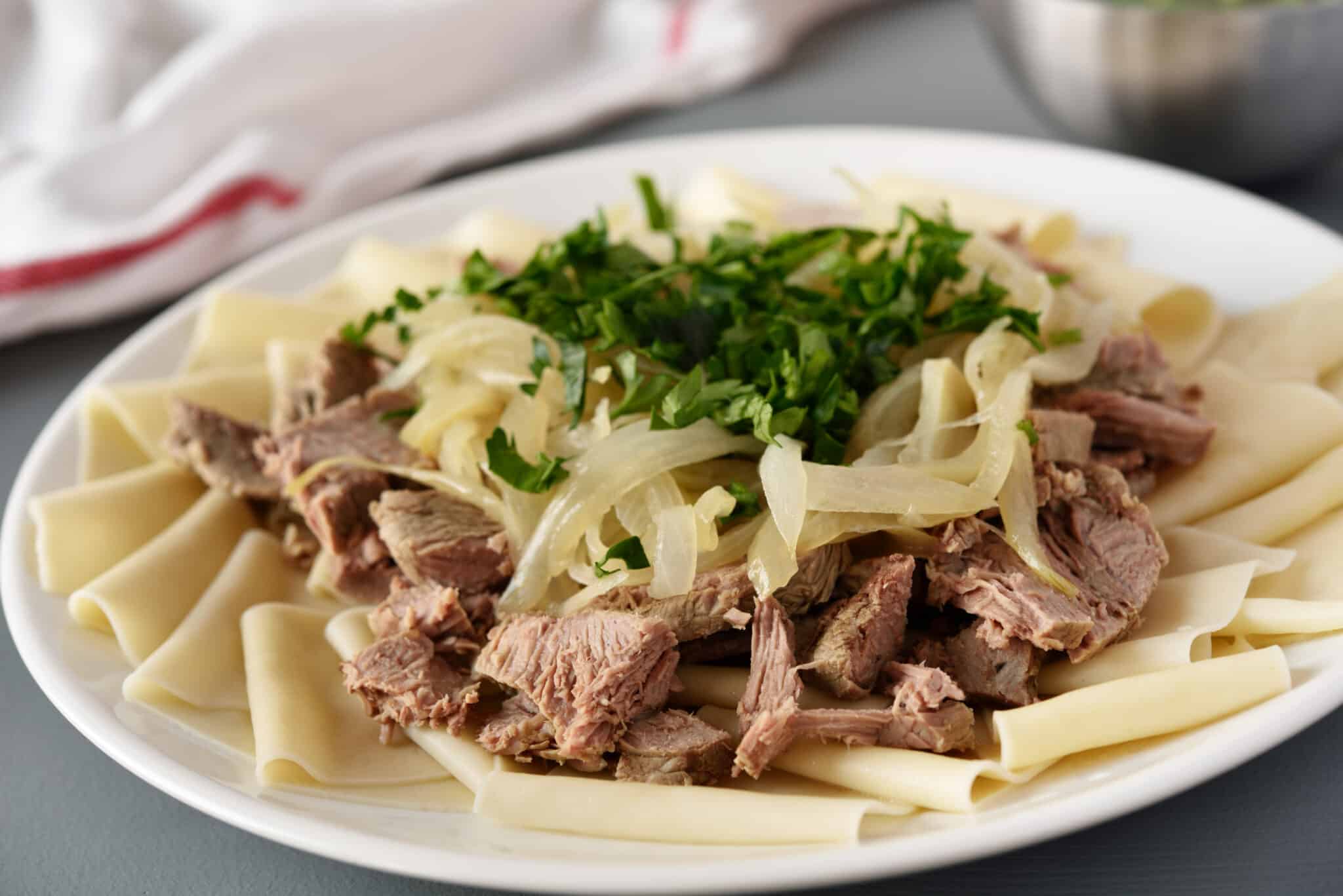
BESHBARMAK
Beshbarmak is a traditional Kyrgyz dish that holds cultural significance in Central Asia, particularly in Kyrgyzstan. The name translates to "five fingers," reflecting the tradition of eating the dish with one's hands. It consists of boiled meat, typically lamb or beef, which is served atop large, thin noodles and generously drizzled with broth. The meat is usually accompanied by onions, and sometimes potatoes or other vegetables are added to enhance the flavor. Beshbarmak is often prepared for special occasions and celebrations, symbolizing hospitality and unity among guests. Its hearty and comforting nature, combined with its cultural importance, makes it a staple dish enjoyed by locals and visitors alike in Kyrgyz cuisine.
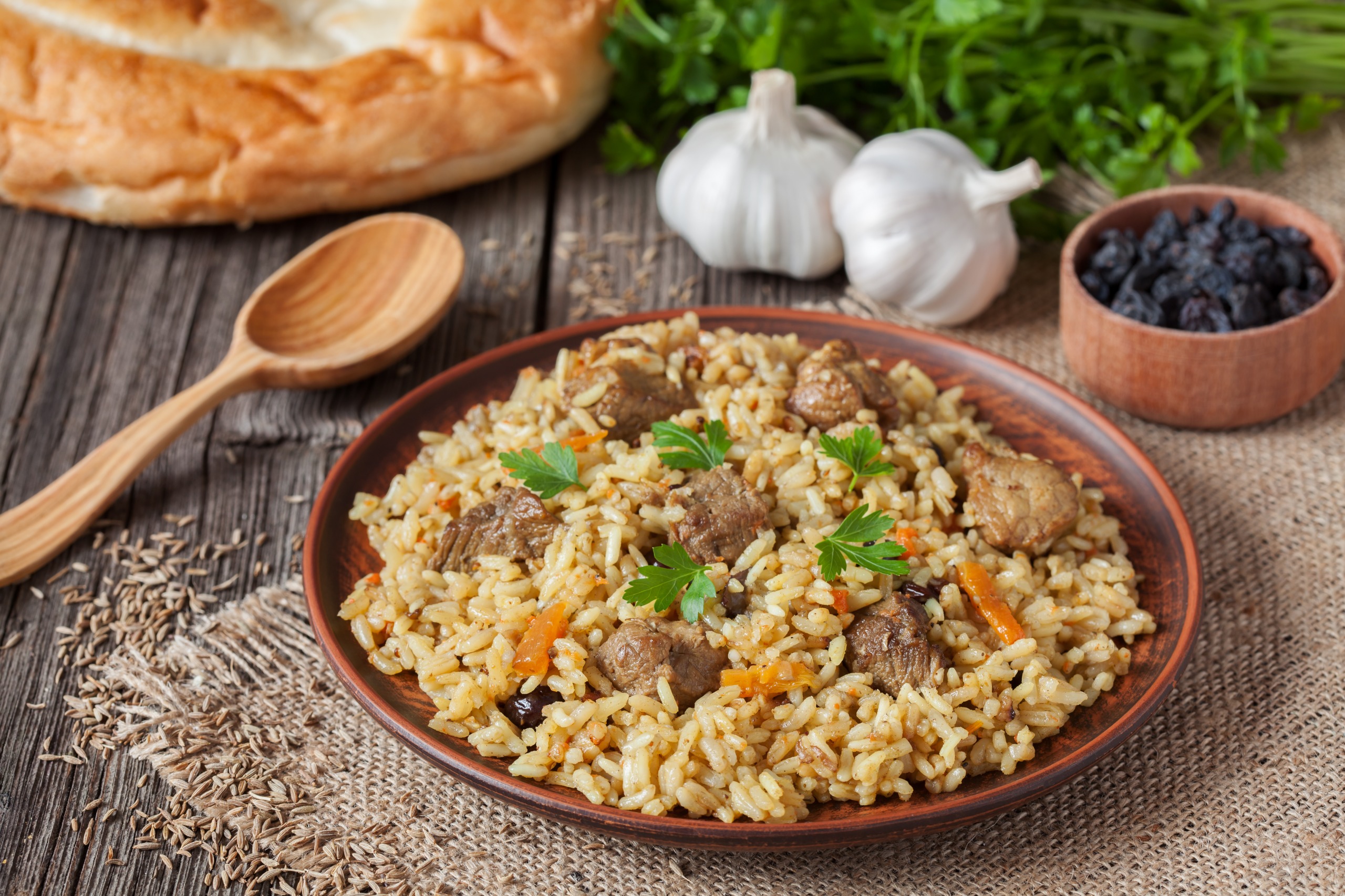
PLOV
Plov, also known as pilaf, is a beloved dish across Central Asia, including Kyrgyzstan. It consists of rice cooked with meat (often lamb or beef), carrots, onions, and various spices. The preparation method involves frying the meat and onions together until browned, then adding carrots and rice, followed by water or broth. It's then simmered until the rice absorbs the flavors and becomes tender. Plov is often served with a side of salad, pickles, or yogurt, and sometimes accompanied by bread. It's a dish that holds cultural significance, often prepared for festive occasions, weddings, and family gatherings. Variations of plov exist throughout the region, each with its own twist on ingredients and spices, but all share the comforting and aromatic qualities that make it a favorite among locals and visitors alike.
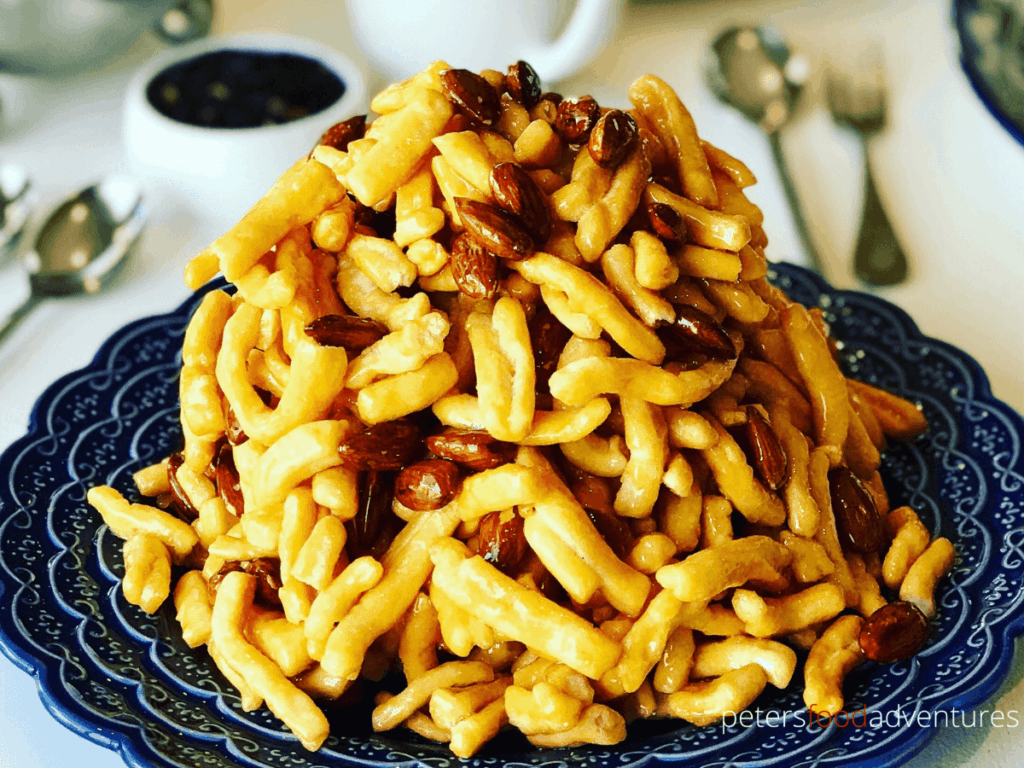
CHAK CHAK
Chak-Chak is a traditional dessert originating from Central Asia, particularly popular in countries like Kyrgyzstan, Kazakhstan, and Uzbekistan. It consists of small pieces of dough, typically deep-fried until golden brown and crispy. These dough pieces are then soaked in a hot syrup made from honey, sugar, and sometimes flavored with lemon juice or spices like cinnamon. Once coated in the syrup, the dough pieces are shaped into small mounds or clusters, often garnished with nuts such as almonds or sesame seeds. Chak-Chak is enjoyed for its sweet and sticky texture, making it a delightful treat served during celebrations, holidays, or as a comforting dessert enjoyed with tea.
HOW MANY DAYS SHOULD YOU SPEND IN BISHKEK?
For a well-rounded experience in Bishkek, spending around 3 to 4 days is generally recommended. This timeframe allows you to explore the city's main attractions such as Ala-Too Square, the State Historical Museum, and the bustling Osh Bazaar. You'll have time to enjoy local cuisine, visit cultural landmarks like the Philharmonic Hall, and wander through parks like Oak Park and Panfilov Park. Additionally, you can venture on day trips to nearby attractions such as Ala Archa National Park for hiking or Issyk-Kul Lake for a relaxing excursion. This duration strikes a balance between immersing yourself in Bishkek's urban life and experiencing the natural beauty and cultural richness of its surroundings.
